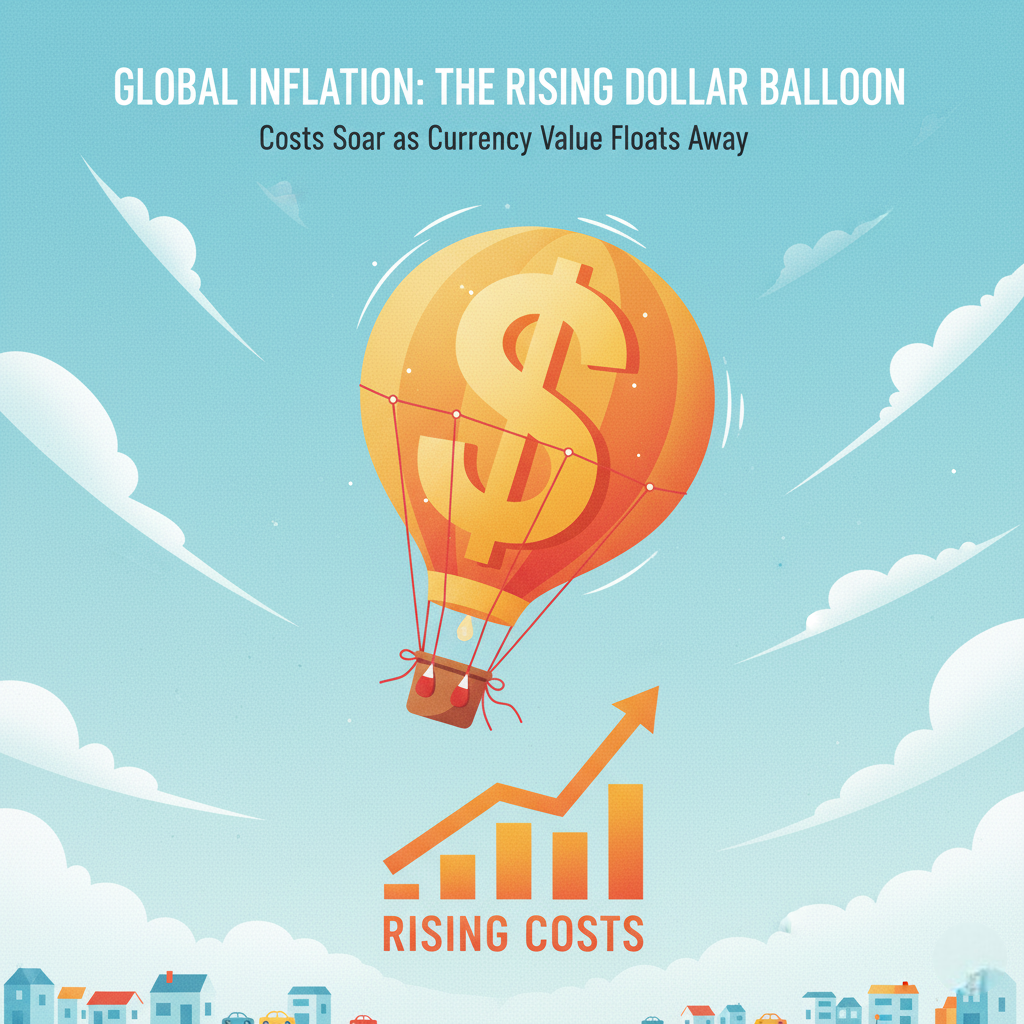2. Use Low-Cost Index Exchange-Traded Funds
For investors who either lack a 401(k) plan or want to add a taxable account, Johnson recommends purchasing a single low-expense index exchange-traded fund (ETF). An ETF bundles hundreds or thousands of securities into one tradable share, delivering diversification without forcing the buyer to research every individual company.
As an example, Johnson cites the Vanguard Total Stock Market Index Fund ETF (VTI), which seeks exposure to nearly the entire investable U.S. equity market. Because the fund holds large-, mid-, small-, and micro-capitalization stocks, an investor achieves instant broad market coverage through one position. The fund’s expense ratio is 0.03%, meaning only three cents per year are charged for every $100 invested.
The U.S. Securities and Exchange Commission notes that ETFs typically disclose their holdings daily, helping investors understand exactly what they own and how much they pay in fees. Johnson considers transparency and low cost the two most important features for those with limited funds.
3. Start With as Little as One Dollar Through Fractional Investing
Many brokerages now allow fractional share purchases, letting clients buy portions of stocks or ETFs for amounts well below the price of a single whole share. Johnson points out that VTI, for instance, can be purchased in increments as small as $1, eliminating the historical barrier posed by triple-digit share prices.
Fractional investing also supports a practice known as dollar-cost averaging: committing the same dollar figure at regular intervals regardless of market fluctuations. By automating a recurring deposit—even if only a few dollars per pay period—new investors build a habit while smoothing the impact of short-term price swings.
4. Automate Savings With Round-Up Applications
For younger savers or anyone who struggles to set aside cash, Johnson highlights “round-up” services such as Acorns. When linked to a debit or credit card, these applications round each purchase to the nearest dollar and sweep the spare change into a diversified portfolio of ETFs.
Using Johnson’s example, buying a latte for $5.29 prompts the app to charge $6.00, redirecting $0.71 into the customer’s investment account. Over time, the aggregation of small transfers can create meaningful balances without requiring the user to make large, discipline-dependent deposits.
Keep the Approach Simple
Although multiple techniques exist, Johnson maintains that simplicity is preferable to complexity. Whether through a 401(k), a single broad-market ETF, fractional share programs, or automated micro-investing, he argues that a consistent schedule and minimal fees are more beneficial than attempting to predict individual stock winners.
Johnson reiterates that diversified, low-cost investing vehicles align with the needs of most beginners, while advanced strategies—such as sector rotation or individual stock selection—often carry higher fees and greater risk without guaranteeing superior returns.
All four pathways share a common theme: they lower the entry threshold for prospective investors who previously believed they were priced out of the market. By taking advantage of employer matches, ultra-low ETF expenses, dollar-level minimums, and automated savings tools, investors can begin compounding returns today instead of waiting for a “perfect” moment.
Crédito da imagem: Moyo Studio / iStock.com



